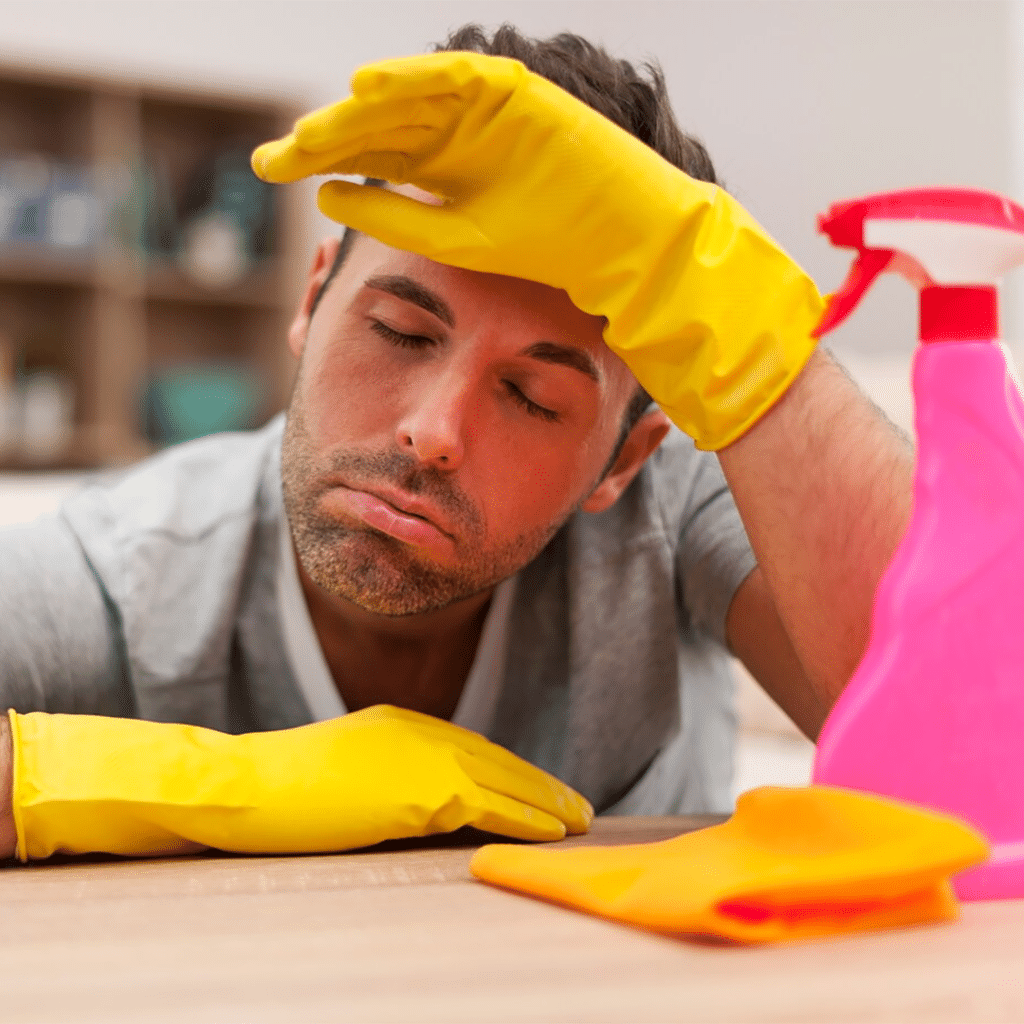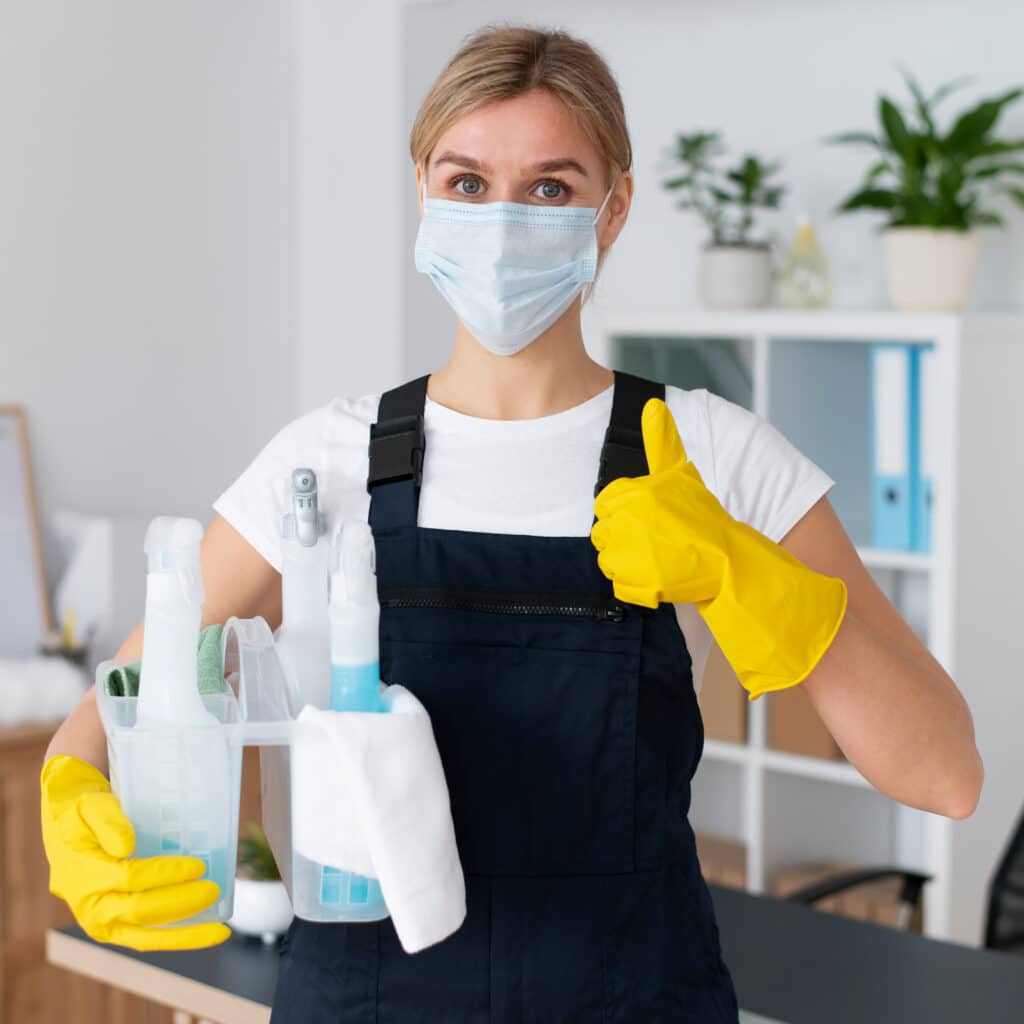The Ergonomics of Cleaning: Protecting Your Body

The health and safety of cleaning professionals extend beyond just the environmental concerns and the chemicals they use. A significant, yet often overlooked aspect of their well-being, is the physical toll that cleaning tasks can take on their bodies. The repetitive nature of certain cleaning tasks, combined with incorrect postures or techniques, can lead to musculoskeletal disorders or long-term injuries. Understanding the ergonomics of cleaning, therefore, is paramount to ensuring not only effective cleaning but also the sustained well-being of the cleaning professionals.
The Importance of Ergonomic Practices
Ergonomics is the science of designing work, equipment, and workplaces to fit the worker. In the context of cleaning, it relates to how tasks are performed, the equipment used, and how both interact with the human body. Right ergonomic practices can reduce the risk of injuries, increase productivity, and improve job satisfaction.
Take, for instance, a case reported by the Occupational Safety and Health Administration (OSHA). A cleaner in her late forties, after years of using a poorly designed mop, began experiencing severe back pain. Medical evaluations confirmed the onset of a musculoskeletal disorder. The root cause? Continual bending due to the short handle of the mop, which could have been easily avoided with an ergonomically designed longer handle.
Understanding the Physical Strain
Cleaning professionals are often required to perform a variety of tasks that involve bending, reaching, pushing, pulling, and lifting. Such actions, especially when repetitive, put strain on specific body parts:
- Back: Lifting heavy objects or bending frequently can strain the back muscles and spinal discs.
- Shoulders and Arms: Repeated scrubbing, mopping, or vacuuming can lead to shoulder and arm strain.
- Hands and Wrists: Continuous gripping or using tools can cause hand and wrist fatigue or disorders.
- Legs and Feet: Standing for extended periods or moving heavy equipment can affect the legs and feet.
The Do’s of Cleaning Ergonomics
- Proper Equipment: Use tools that fit comfortably in your hand and are of appropriate length to prevent overreaching or bending. Tools with adjustable handles or those that can be operated with minimal force are preferable.
- Variety: Rotate tasks to prevent overworking a particular muscle group. For example, after an hour of vacuuming, switch to dusting or another task that uses different muscle groups.
- Correct Lifting Techniques: Always lift with your legs, not your back. If an object is too heavy, use equipment or seek assistance.
- Breaks and Rest: Take regular breaks to rest and stretch. This can be especially beneficial for tasks that confine you to one posture for long durations.
- Footwear: Wear shoes that provide good support. Anti-fatigue mats can also be beneficial when standing in one place for extended periods.
The Don’ts of Cleaning Ergonomics
- Avoid Twisting: When mopping or vacuuming, move your entire body instead of just twisting at the waist. This can reduce strain on the back.
- Overexertion: Do not push your body beyond its limits. If you feel pain or discomfort, stop and assess the situation.
- Inadequate Training: Do not assume that everyone knows the best way to perform a task. Proper training is crucial.
- Ignoring Pain: Pain is your body’s way of signaling that something is wrong. Ignoring it can lead to more severe injuries.
Elevating Awareness and Training
Proper training can play a pivotal role in promoting ergonomic practices. A case in point: A cleaning company noted a rise in wrist strain complaints from its employees. Upon investigation, it was found that a new type of scrubbing brush they introduced required more force than the previous one. The solution? A simple training session on the correct way to grip and use the new brush, leading to a significant decrease in complaints.
Economic Implications
It’s not just about the physical well-being. The economic implications of neglecting ergonomics are substantial. Medical bills, lost workdays, and even potential litigation can be the direct consequences of overlooking ergonomic principles. According to the Bureau of Labor Statistics, businesses spend more than $20 billion annually on workplace-related musculoskeletal disorders.
Incorporating Ergonomics: A Shared Responsibility
The emphasis on ergonomics is a shared responsibility between employers and cleaning professionals. While employers should provide the right tools, training, and work environment, cleaners must be proactive in understanding the importance of ergonomics, seeking training, and listening to their bodies.
Cleaning is an essential service, one that requires not just skill and dedication, but also physical exertion. By emphasizing the importance of ergonomics, we can ensure that those who work tirelessly to keep our environments clean and healthy are, in turn, safeguarded against potential injuries and strains. It’s an investment in well-being, productivity, and longevity in the profession.



Responses